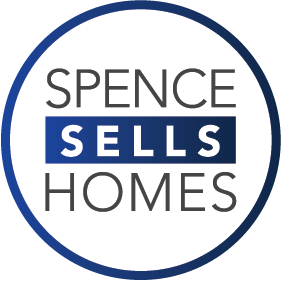Does buying in a good school district matter?
In some cases, it may be worth it to pay a premium for a home near good public schools, rather than a bargain residence near good private schools.
Whether or not you have kids, living in a good school district can be a big deal. It’s not only about better teachers, better books and better test scores. It’s also about preserving home values and ensuring faster resale rates.
The quality of school districts should play a critical role in your homebuying decision — although there are pros and cons to buying in top-notch school regions.
Parents hoping to land a good home deal and give their kids a high-quality education have several costs to weigh. Pricier homes in a strong public-school district may actually be better bargains than affordable homes in private-school-heavy districts.
Seeking good public schools
Of course, many buyers already name school districts among the key factors in their homebuying decision. Among adults who live with children, nearly two thirds (63 percent) said a neighborhood’s school district would be among the most important considerations (aside from the home’s price) when searching for a home.
The age of the schools, the condition of their facilities, the student-to teacher ratios and, of course, standardized test scores all contribute to whether a school district is considered high quality or not.
Finding private alternatives
But just because a neighborhood has a poorly ranked public school district doesn’t mean that the overall quality of education there is poor. Private schools also play a crucial role in their neighborhoods.
While in general, the wealthier, more educated and more Catholic metro areas have a higher private-school enrollment, there is another catalyst behind heavy private-enrollment trends — poor public-school quality.
In areas with lower-quality public schools, parents are more willing to pay for private schooling in the name of a good education. In fact, private school enrollment is roughly four times higher in the lowest GreatSchoolsratings districts than in those with the highest ratings, where just 4 percent of kids go to private school.
Parents looking for homes in lower-rated districts but who still want quality education may need to factor in the cost of a private education, which runs well into the thousands per year.
Tuition rates vary widely with top-tier prep schools averaging about $40,000 a year for fees while Catholic schools average about $7,000 per year. But the average tuition cost is $10,940, which is the same as $912 per month in mortgage payments, according to a Trulia analysis.
In other words, a homeowner with a $1,326 mortgage payment on a $300,000 house who is also paying the average $912-per-month average tuition could effectively similarly afford a $520,000 house with public-school education in a better quality school district. Because home prices and school tuitions vary so widely, buyers will have to calculate these differences on their own.
Considering the future
Even for buyers without children, investing in a home in a good-quality school district can also pay off with consistently higher resale values. Homes there tend to sell faster than homes in lower-quality school districts.
And during tougher economic times that trigger declines in home values, homes in better school districts usually hold their value more than homes in lower quality school districts. In other words, their home prices are more stable and can better weather another housing-market crash.
On the downside, these homes in better school districts tend to be more expensive. Buyers here will be paying higher property taxes, and much of that money will be allotted right back the schools. For childless buyers, that’s no tax bargain.
But in general, buying in a good school district does matter and, with more stability in home prices and more savings from costly private school education, it usually works in favor of the buyer.






